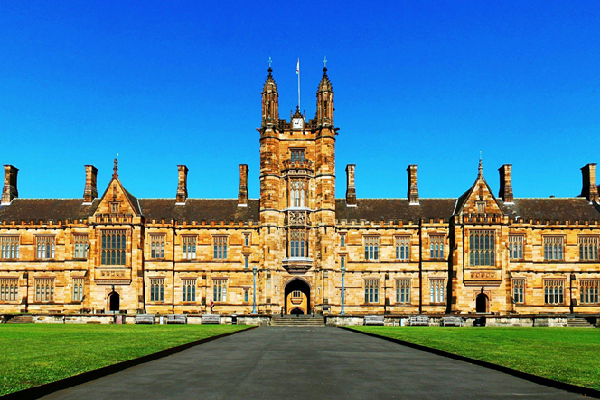Renowned Australian Artist’s New Works Examine The Vulnerability Of Species, Memory And Greek Mythology
Featuring sculpture, painting, video and audio works, Mikala Dwyer’s Penelope and the Seahorse explores the word hippocampus and its various meanings.
Dwyer is a one of Australia’s most significant innovators in sculpture, performance and installation, with a long association with the University of Sydney. She has exhibited since 1982, with solo shows at Sydney’s Museum of Contemporary Art, the Art Gallery of NSW and in galleries across Europe. Dwyer has regularly featured in the Sydney Biennale and her work is held in prominent public art collections across Australia and New Zealand. A graduate of the University, she taught at the Sydney College of the Arts for 20 years.
During her time at the University, Dwyer developed a familiarity with its extensive museum collections and their “Aladdin’s cave of possibilities”. Penelope and the Seahorse is the fourth contemporary art project in the museum’s Penelope Gallery; the gallery’s ongoing series invites artists to create new works inspired by, or incorporating, museum objects.
The impetus for Penelope and the Seahorse was a fascination with the seahorse and University of Sydney research into this biologically unique species.
“The more you think about them the stranger they are,” said Dwyer. “They’re magical creatures with such symbolic resonance.”
Thoughts of the seahorse turned to the origins of the word hippocampus. First used to describe the equine creature that pulled Poseidon’s chariot in Greek mythology, hippocampus was adopted centuries later to describe the seahorse genus and the S-shaped brain structures responsible for creating memories.
“That created another rabbit hole into neuropsychology which I’m still tumbling down,” said Dwyer.
Penelope and the Seahorse considers the unreliability of history as a collective memory, said Dwyer. Without being didactic, she offers a window into future memories and what humanity stands to lose.
“I’d like us to remember we’re not separate from the natural world, so maybe we should take care of it,” Dwyer said.
The exhibition’s name pays homage to the gallery’s eponymous Penelope Seidler. It is also a reference to the Greek goddess Penelope who unravelled her weavings every night while waiting for husband Odysseus’s return home.
Etruscan and Greek urns and coins from the museum’s Nicholson Collection of antiquities feature in the exhibition. Also included are video and sound collaborations with animator Gina Moore and composer James Hayes.
Penelope and the Seahorse builds on Dwyer’s reputation for creating installations that question the conceit of humanity’s reasoning over the non-human world, said Michael Dagostino, Director of Museums and Cultural Engagement at the University of Sydney.
“We’re so excited to once again use the museum and its vast collections as a launching pad for new works by another great Australian artist,” Mr Dagostino said.
Mikala Dwyer is Professor at RMIT’s School of Art.

